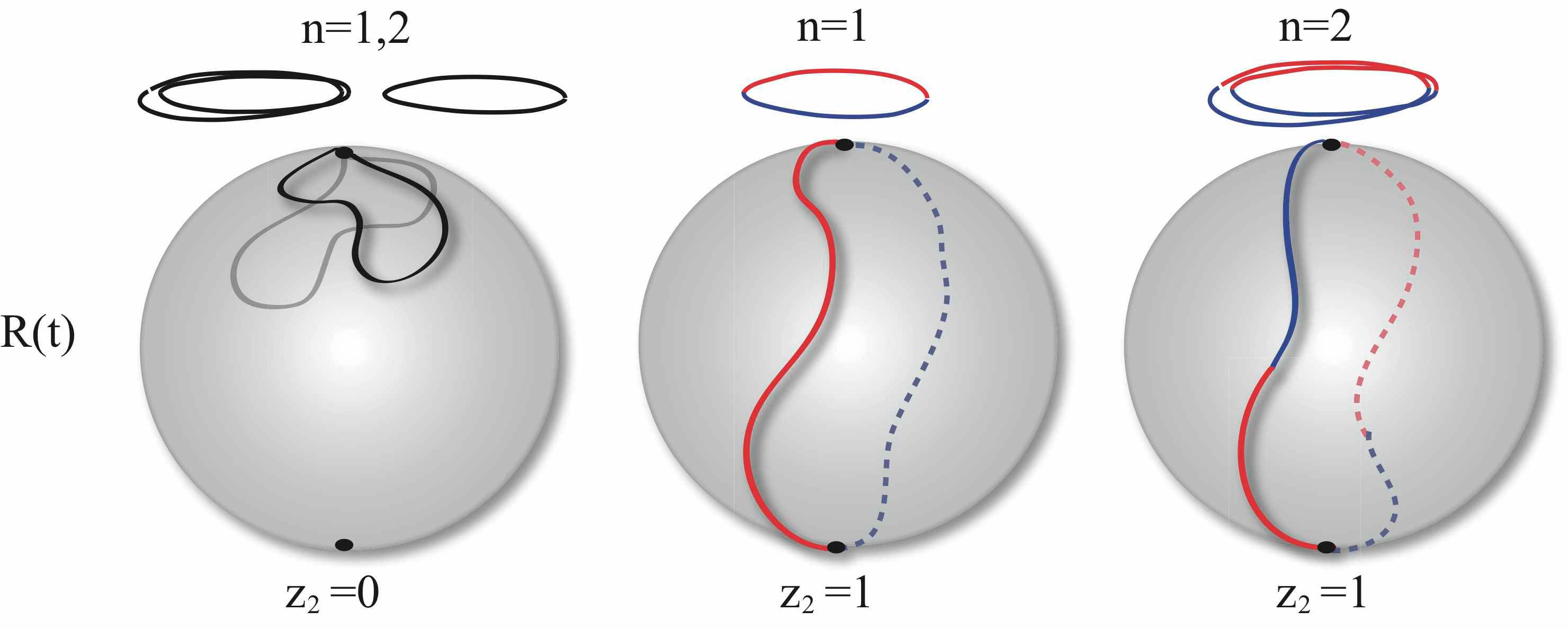Interacting topological phases
Dganit Meidan
Topological phases of matter are characterized by a gapped bulk, yet a perfectly conducting surface. The flow on the surface is topologically protected such that it cannot decay even in the presence of defects and imperfections. These insulating phases with perfectly conducting edge states hold promise for a multitude of applications, most prominent of which is the development of new quantum computational schemes that are inherently protected against errors.
When the system is strongly interacting, the emergent surface states may have additional striking properties, such as carry a fraction of the electron charge and obey an exotic exchange statistics. Despite the growing interest in the interplay between interactions and topology, the study of interacting topological phases remains a formidable task. In particular, finding experimental realizations of interacting topological phases, and their signatures in transport measurements, constitutes a vital step towards motivating experimental work.
|
|
|


